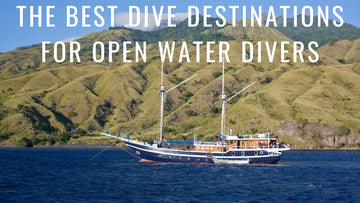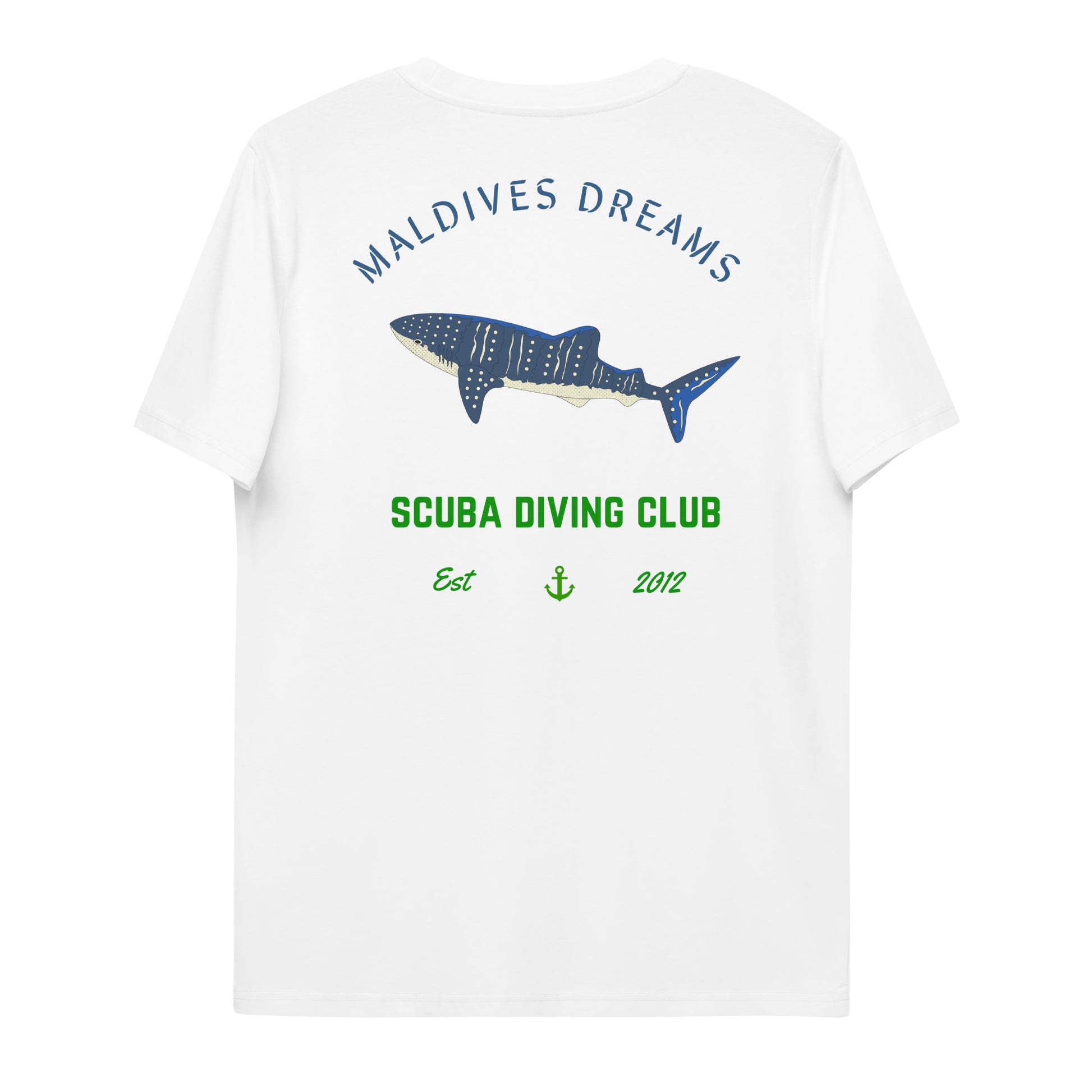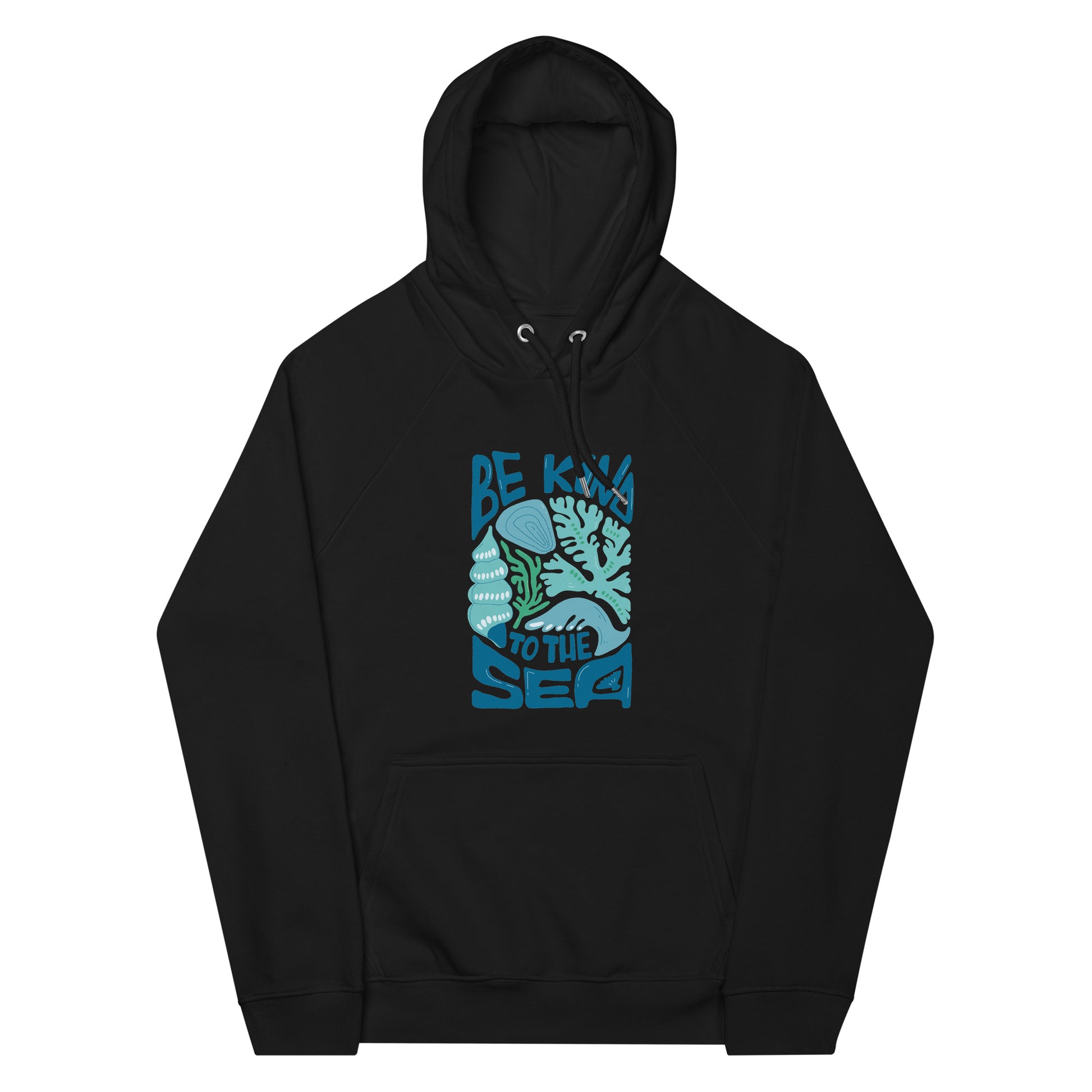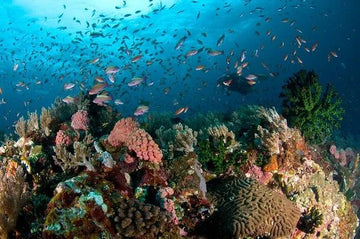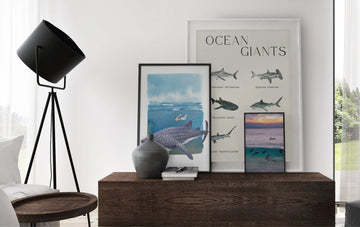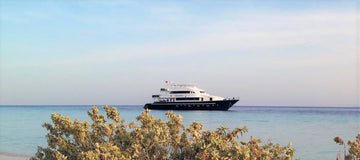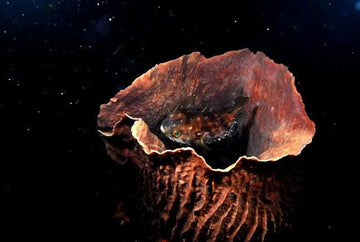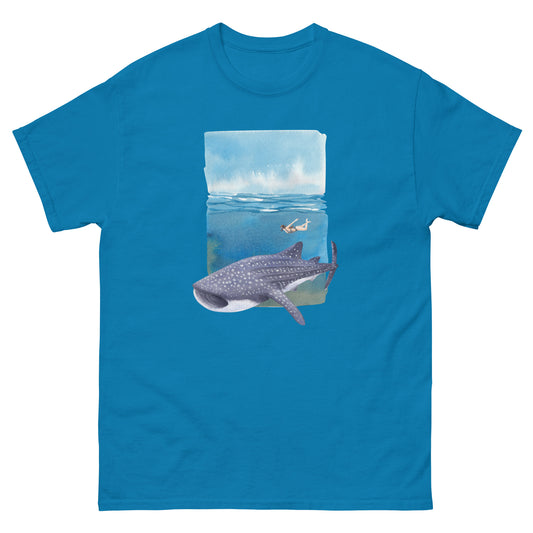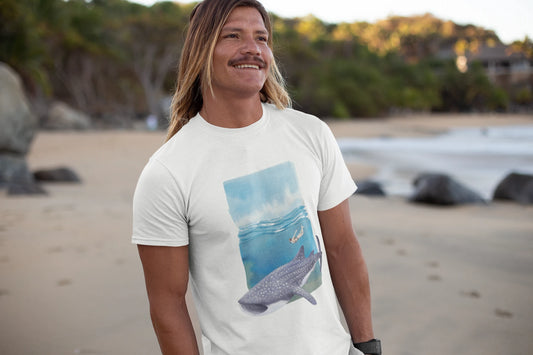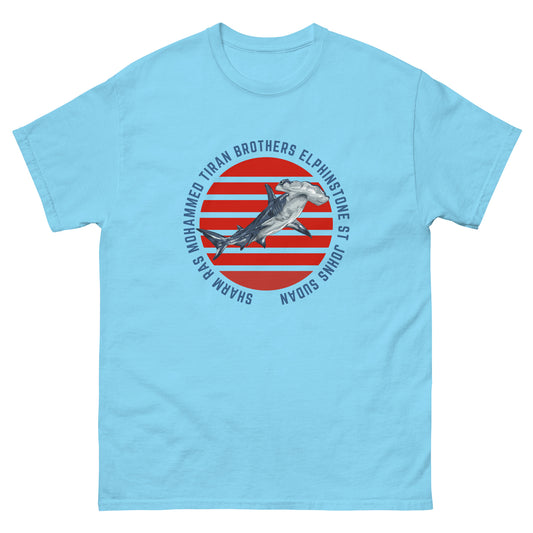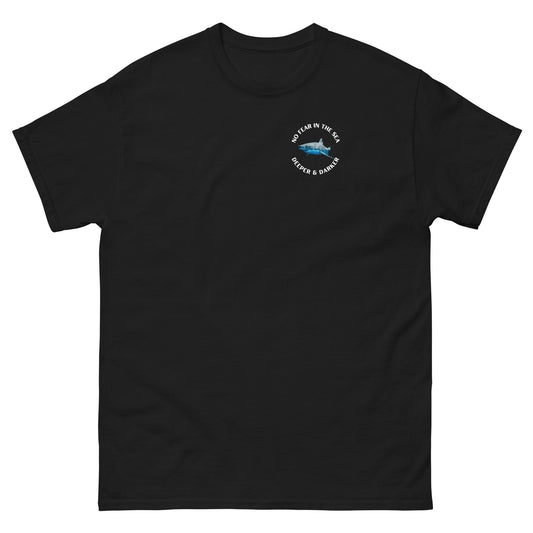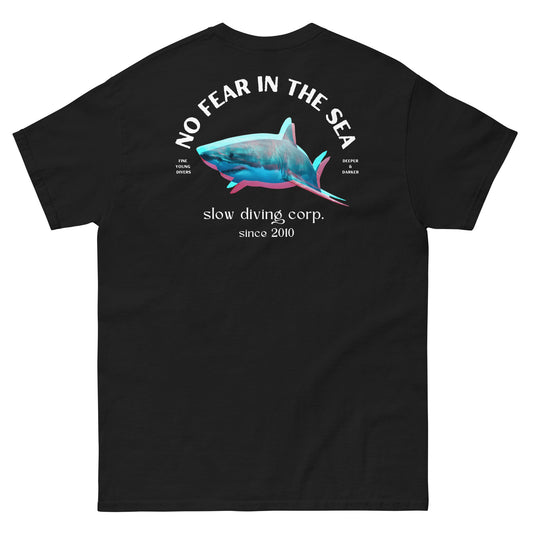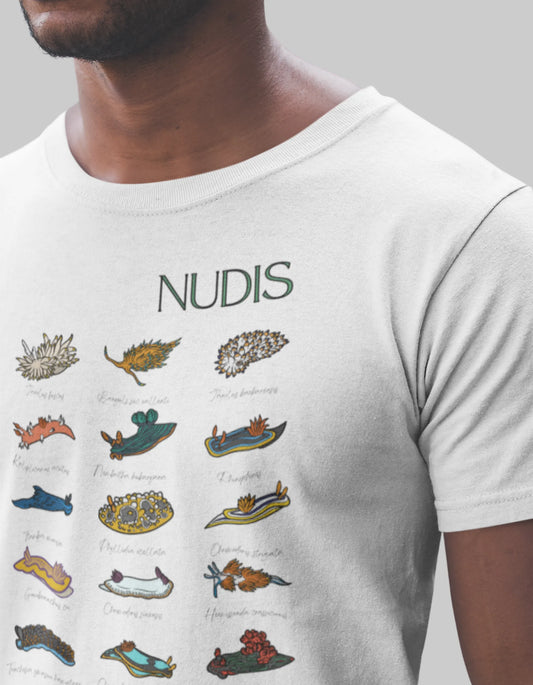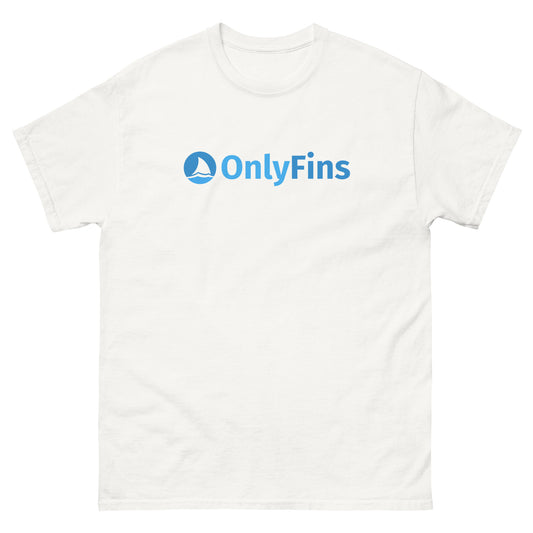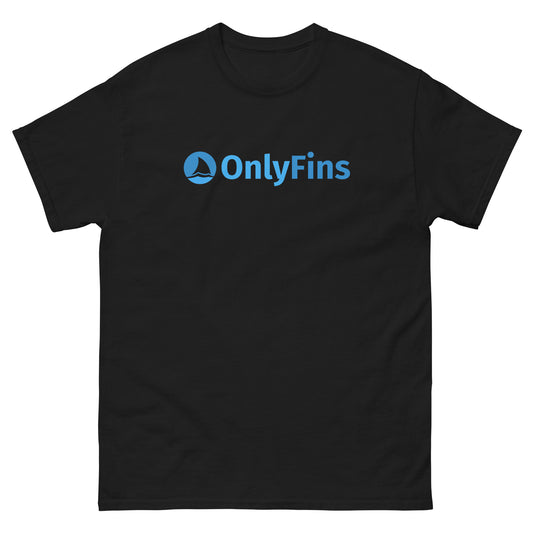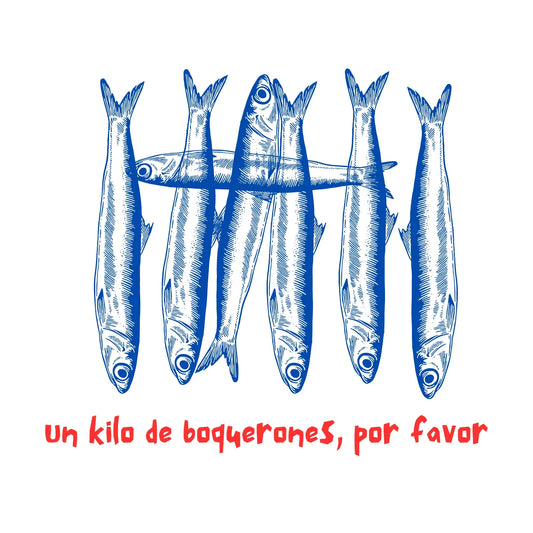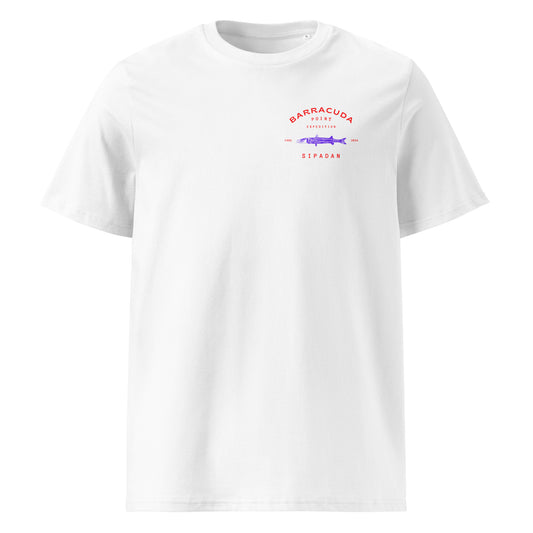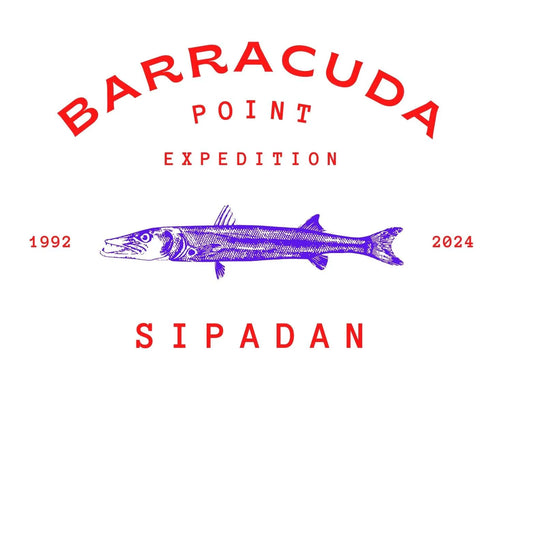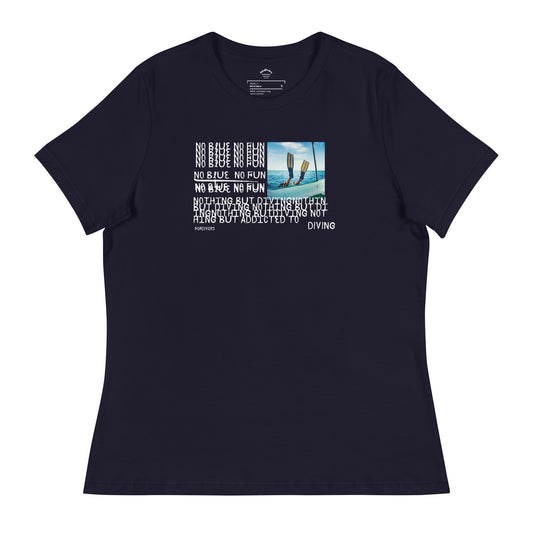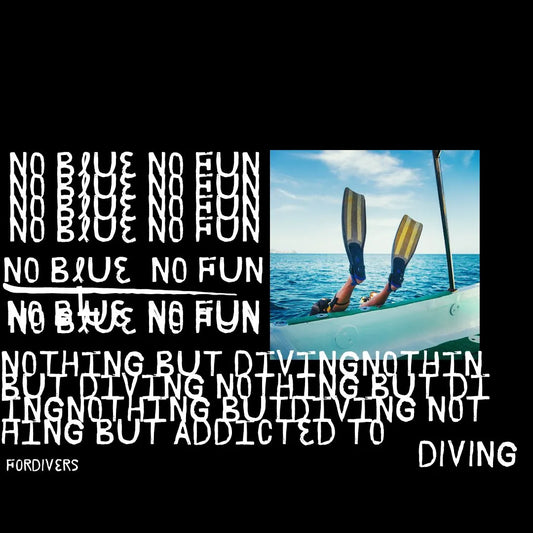Great, we already have our Open Water Diver certification. Finally! We have done about 10 to 20 dives in our local area and are looking forward to our first international dive trip. We don't have much experience, we have always dived with our trusted guide, we have never dived with currents and we are crazy to know the best dive destinations to dive with sharks, manta rays or in coral reefs. Where do we start? What would be the ideal destination for my first dive?
Below you'll see the dive destinations that are suitable for Open Water divers and beginners, as they have easy diving conditions, without great depths or extreme currents.
Red Sea Northern Routes
The northern routes of the Red Sea are an ideal starting point for international diving trips. The dive sites on these routes are excellent, with an ideal mix of shipwrecks, coral reefs and tropical fish. Diving a historic shipwreck like the Thistlegorm or the Ras Mohammed reef with its coral walls full of typical Red Sea fauna like clownfish, lionfish or humphead wrasse is a pleasure for beginners. The routes are also quite easy, with little current, short navigations and warm water at 25ºC... what more could you ask for?
T-shirts designed by divers for divers
VIEW MORE T-SHIRTS FOR DIVERS
You can find liveaboard deals on the northern routes of the Red Sea from less than USD 700 per person with full board and return home with 20 more dives being a much more solid diver.
From Nino Del Duca
Cuba
In Jardines de La Reina, probably the most famous diving destination in Cuba, you'll have the opportunity to dive in a shallow reef, protected by strong currents and with a very special feature: diving with sharks. This is undoubtedly one of the reasons why many ocean lovers decide to take the step and obtain the Open Water Diver certification, and in Cuba you can fulfill that dream of seeing yourself surrounded by coral reefs in extraordinary health and silky sharks, gray sharks or lemon sharks, in addition to huge groupers, eagle rays or turtles. Add 40 to 50 meters of visibility and you have the perfect mix to make Cuba a dream destination for beginners and advanced divers alike.
There is not much of a liveaboard infrastructure in Cuba, although it is growing, and there is only one dive center in Jardines de la Reina. But there are several boats that go to Jardines and you can find deals from USD 1,800 per person to USD 3,500 with about 22 dives in a 7-night trip.
Maldives
The Maldives is one of those dive destinations that is always on every diver's bucket list, both before and after obtaining the Open Water Diver certification. Manta rays, whale sharks and paradise coral sand beaches are three images that come to mind when we think of Maldives. Add to that diving with gray and black tip sharks, night dives with nurse sharks, turtles and endless coral reefs, and the decision to take your first international dive trip to the Maldives is easy.
The Maldives has many different dive routes. Most are easy, especially the central routes, which take place on thilas or submarine mountains with weak currents (although there are some drift dives and may have stronger currents). The most recommended way to dive in the Maldives is by liveaboard. It is true that there are some very prominent resorts with good diving, but if we want to get the most out of diving in the Maldives, liveaboards are the best option. If we are talking about a honeymoon, a couple's trip or do not want to do many dives, resorts as exclusive as Kuredu Resort are an excellent option.
Bahamas
The Bahamas are a popular diving destination among American divers because of their easy access and the quality of their waters, which are rich in nutrients thanks to the mixture of the cold waters of the Atlantic Ocean with the warm waters of the Caribbean Sea and the depths that it has in some areas. Its more than 700 islands and 2,400 coral cays have a lot to offer, from glittering beaches to shallow reefs, wrecks, drift diving and even blue holes. For what we are concerned with in this article, scuba diving for beginners, the Bahamas is a more than adequate destination, especially if you like sharks.
As you can see from the video, shark diving is the main reason why hundreds of divers visit the Bahamas every year, and you'll find areas where shark interaction is guaranteed and diving conditions are great, with shallow depths and no strong currents. In places as famous as Tiger Beach you can dive with Tiger Sharks, Bull Sharks, Hammerheads, Lemon Sharks, Silky Sharks and Oceanic White Tip Sharks.
Hoodies Designed for the Deck of Your Liveaboard
SEE MORE SWEATSHIRTS FOR DIVERS
The best way to dive in the Bahamas is undoubtedly on a liveaboard, where there is no minimum number of dives required, just an Open Water certification (and the desire to face sharks). Check Bahamas liveaboard availability and prices.
Thailand
In Thailand we can have excellent diving experiences, both by liveaboard and from land, although it is true that the best dive sites are in the Andaman Sea, quite remote and only accessible by liveaboard. On these boats we can find routes to the north of the Andaman Sea, visiting world-class dive sites such as the Similan Islands, where you can see such interesting sharks as the leopard shark, black and white tip sharks, giant moray eels, turtles, titan triggerfish and sometimes (if you are lucky) manta rays and whale sharks.
Many of these itineraries include dives at the famous Richelieu Rock, which is more for advanced divers, but well worth it. This huge pinnacle attracts the largest marine life such as whale sharks as well as some of the smallest such as pipe fish and seahorses. The mix of macro and pelagic diving is exceptional and even if the whale shark does not show up, I assure you it will have been worth it. It is a reef full of life, with huge balls of fish and predators trying to feed on them.
Diving from shore in Koh Tao could be a good option both for the wildlife you can find (from sharks to turtles and many tropical fish) and for the ease of diving, as it is a very common place for divers from all over the world to get their Open Water Diver certification. On this small island you will find many dive sites for beginners, some as shallow as 12 meters and with plenty to see, such as Twins or Aow Leuk, where barracudas, turtles or jacks congregate in beautiful reefs full of corals and sponges. View Thailand Liveaboard Availability.
Komodo, Indonesia
Although it is true that Komodo has some dives where the current is strong, it has many easy dive sites, without great depths, suitable for open water divers who will end the cruise with an extraordinary training. The options of liveaboards in Komodo are many, with different routes between them.
Why is Komodo a great dive destination for Open Water divers? In addition to what you will learn, because you will definitely fall in love with diving. Komodo is a summary of one of the most complete diving destinations in the world: Indonesia. In Komodo you will find huge pelagic creatures like the manta rays of "Manta Alley" that come in groups of up to 15. You will also dive with gray, white and black tip sharks in extraordinary and endless coral gardens, lots of jacks waiting to venture into the fish balls, sea snakes, giant gorgonians and an impressive collection of macro diving: toadfish, orangutan crabs, flamboyant cuttlefish... It is impossible not to leave with your mouth open after each of the more than 20 dives made in just one week.
As we have always said, the best option for accommodation while diving in virtually any part of the world is a liveaboard, but in Komodo there are also good options for diving from the shore, with some very interesting dives. On the PADI website you can find a selection of hotels and dive resorts for diving in Komodo National Park.
Philippines
The Philippines is a dive destination with the best options for divers, mainly from the resort, and with the exception of Tubbataha National Park and Malapascua, the rest of the country is suitable for beginners. Located in the middle of the Coral Triangle, the Philippines is home to some of the richest biodiversity on the planet, with 20,000 different marine species! Areas such as Apo Island, Coron (ideal for those who want to dive in the wrecks of World War II), Negros, Puerto Galera or Anilao (an extraordinary paradise for lovers of macro diving) are ideal both for learning to dive and for starting a career as an indefatigable diver.
Mexico
In Mexico, both on the Yucatan peninsula and on the island of Cozumel, we can find more than 100 reasons to learn to dive or to make your first international dive trip. In Yucatan we have two different but very rich worlds. On the one hand, Playa del Carmen, with the second largest reef barrier in the world and full of turtles, gorgonians, corals, sharks (sometimes whale sharks and bull sharks), parrotfish or barracudas. On the other hand, you can dive in cenotes, a series of underwater caves where the backlighting is more important than the fauna, the extraordinary visibility, the haloclines and the feeling of being in a unique world. Although not all cenotes are suitable for open water divers, there are many that require little experience.
Cozumel is also a spectacular diving destination for both open water and advanced divers. This small island of less than 50 km in length, where you can dive in perfect conditions about 300 days a year, has some really interesting dives. From diving with bull sharks to reefs decorated with beautiful gorgonians, sea whips, butterfly fish, parrot fish or damsels, to drift dives with a little more current where pelagic fish like barracudas, eagle rays, turtles or nurse sharks show up.

